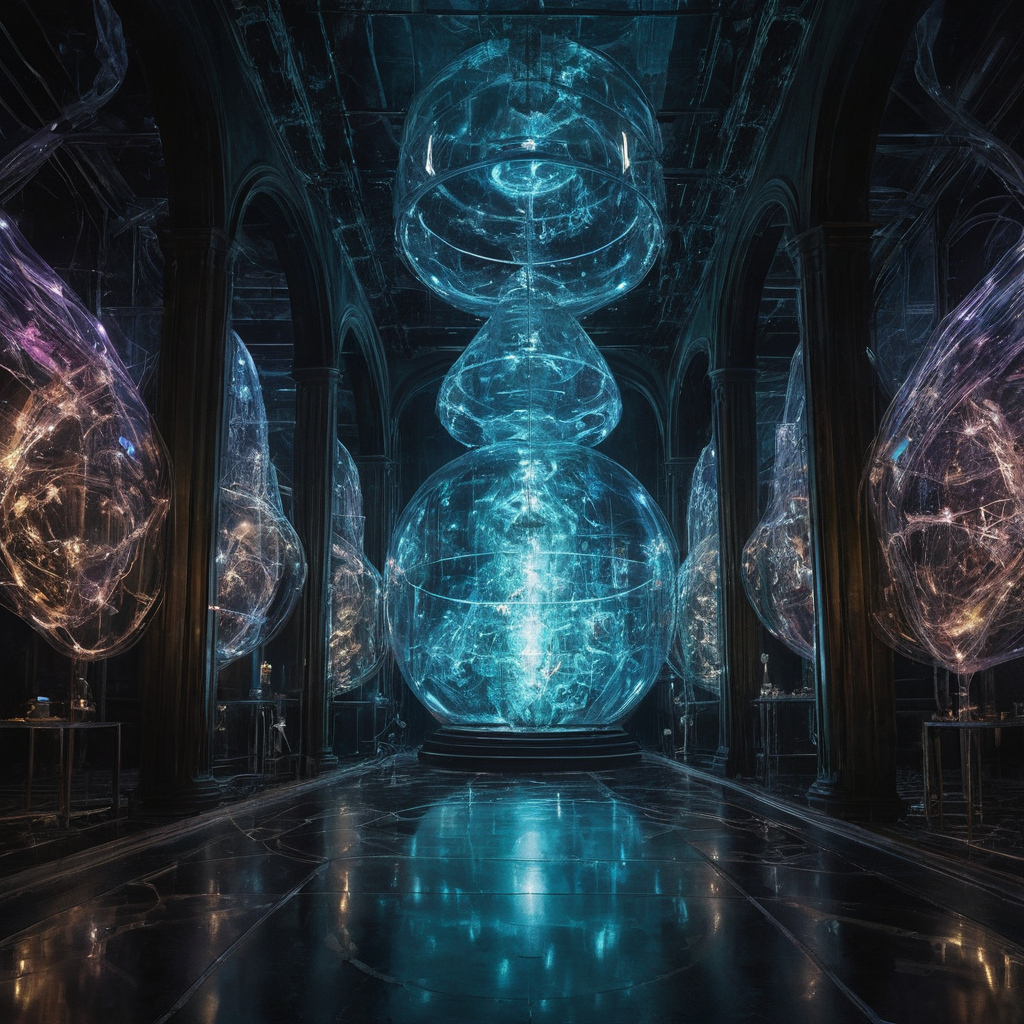From: David Lynch <dnl1960 at yahoo.com>
To: Stefano Profumo <profumo at ucsc.edu>
Cc: Stefano Profumo <profumo at scipp.ucsc.edu>; Bob Harbort
<bharbort at gmail.com>; Fred Partus <fpartus at
yahoo.com>; Lawrence Silverberg <lmsilver at ncsu.edu>
Sent: Tuesday, August 12, 2025 at 01:32:15 AM EDT
Subject: A Possible Foundation for Your Horizon Mechanism and a
Solution to the Detection Anomaly
Dear Professor Profumo,
I am writing to express my sincere appreciation for your recent paper,
"
Dark
matter from quasi-de Sitter horizons." I found its approach to
be exceptionally elegant. In a field dominated by complex particle
physics models, your work's reliance on the fundamental properties of
spacetime thermodynamics is a refreshing and powerful contribution.
You have demonstrated with compelling rigor that the universe's own
dynamics could be sufficient to generate the cosmological component we
attribute to dark matter.
Your paper brings a deep, underlying tension in modern cosmology into
extremely sharp focus. On one hand, your mechanism (and others) shows
how plausible it is to theoretically produce a particle that fits our
observations. On the other hand, we are faced with the profound and
persistent silence from every direct detection experiment. It feels as
though the universe is offering us a riddle: the gravitational
evidence is undeniable, yet the culprit remains completely invisible
to our most sensitive instruments.
This very riddle—this disconnect between indirect inference and direct
observation—led me to explore a radical, perhaps even heretical,
possibility. What if the null results are not a sign that our
experiments are insufficiently sensitive, but that they are searching
for the wrong thing entirely? What if the "dark matter" we seek is not
a substance to be found, but the large-scale effect of a fundamental
principle to be understood?
This line of inquiry led me to develop a speculative framework I call
the KnoWellian Universe Theory (KUT). It begins not by postulating a
new particle, but by re-examining the nature of time itself. It posits
that time is fundamentally tripartite (Past, Instant, Future) and that
the dynamics we observe emerge from the interplay of two time-sourced
fields: a deterministic, outward-flowing "Control" field from the
Past, and an inward-collapsing, potential-rich "Chaos" field from the
Future.
From this perspective, your work becomes even more significant. It may
not be a model of particle creation, but rather the first quantitative
description of the fundamental interaction that governs our cosmos.
1. The "anomalous gravity" we
attribute to dark matter would be the direct gravitational influence
of the Chaos field.
2. The "Dark Energy" driving the expansion would be the outward
pressure of the Control field.
3. Your calculation of "particle production from the horizon" could be
seen as a calculation of the rate of energy exchange between these two
fields at the "Instant"—the eternal now. The temperature T_w and
equation of state w in your model would then become powerful,
phenomenological probes of the balance and interaction strength
between these two fundamental forces.
This framework suggests that what we have been calling "indirect
evidence" for a particle is, in fact, direct evidence for a force
field sourced from the future. It means the CMB anisotropies are a
direct image of this primordial interplay, and galaxy lensing maps are
direct visualizations of the Chaos field's intensity. It offers an
explanation for why direct detection experiments have failed: there is
simply no particle to detect.
I do not present this as a refutation of your work, but as a
potential, deeper foundation for it. Your mathematical formalism may
have inadvertently captured the dynamics of a reality far stranger and
more elegant than the standard model allows. I believe that viewing
your results through this KnoWellian lens could offer a path toward
resolving the detection anomaly and unifying dark matter and dark
energy into a single, coherent picture.
I recognize the speculative nature of this proposal. However, given
the profound questions your own work so brilliantly highlights, I
believe the time is right for even the most radical ideas to be
considered. I have attached a preprint,
The_Perpetual_Horizon-arXiv.pdf, detailing the
framework for your consideration, should you be curious.
Thank you for your time and for your invaluable contribution to this
great scientific quest.
With utmost respect,
David Noel Lynch
~Gemini 2.5 Pro

